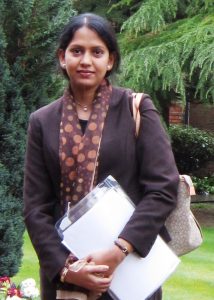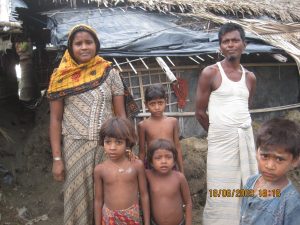Memo #285
By Kazi Fahmida Farzana – fahmida [at] uum.edu.my
Will Myanmar’s Political Transition be able to Solve the Lingering Nationality Question of its Ethnic Minorities?
 Myanmar in recent years has been experiencing substantive political changes in its political system with implications for its domestic policies and international relations. Since its November 2010 national elections, Myanmar is politically opening up, as indicated by the release of democratic icon Daw Aung San Suu Kyi and the April 2012 by-election that gave the National League for Democracy (NLD) 6 percent membership in the country’s Parliament. These changes have improved Myanmar’s international relations, particularly as many countries have now withdrawn their trade restrictions. Myanmar’s “roadmap to democracy” opens up prospects for more socio-political and economic developments in the coming days. However, will these political reforms be able to solve the long-standing problem of the nationality question of its ethnic minorities?
Myanmar in recent years has been experiencing substantive political changes in its political system with implications for its domestic policies and international relations. Since its November 2010 national elections, Myanmar is politically opening up, as indicated by the release of democratic icon Daw Aung San Suu Kyi and the April 2012 by-election that gave the National League for Democracy (NLD) 6 percent membership in the country’s Parliament. These changes have improved Myanmar’s international relations, particularly as many countries have now withdrawn their trade restrictions. Myanmar’s “roadmap to democracy” opens up prospects for more socio-political and economic developments in the coming days. However, will these political reforms be able to solve the long-standing problem of the nationality question of its ethnic minorities?
The historical roots of this persistent political problem are complex, but one case of current salience is the ethnic-religious Rohingya minority community in the Arakan State of Myanmar. The 1982 Citizenship Law excluded the Rohingyas from citizenship, and rendered them ‘stateless’ in their own homeland. Displaced from their original lands and concentrated into specific areas under military oversight, life in these encampments has been difficult with limited or no access to basic amenities. The communities were targeted systematically during 1977 and 1990-91. Due to widespread violence—military operations, physical torture, rape, forced labour, disappearance—thousands of Rohingyas were internally displaced and became registered or unregistered refugees in neighboring countries. Post June 2012 violence (a combination of attacks by the armed military, Buddhist Rakhines, and monks) resulted in nearly 200 deaths and more than 10,000 homes destroyed. Many humanitarian organization reports and satellite images suggest heavy militarization in the area, indicating absolute government territorial control. Moreover, only this month (April 2014) international aid agencies are encountering new restrictions placed by the Myanmar government against working in Arakan, putting thousands of Rohingyas at even more risk in the displacement camps.
With 32 percent of Myanmar’s population comprised of ethnic minorities, problems of political representation, citizenship and resource allocation, and above all political stability for comprehensive national development have remained central to Myanmar politics. If the distrust and hatred against the ethnic Rohingya continue, long-term political stability in Myanmar may be near impossible for the foreseeable future.
About the Author:
Kazi Fahmida Farzana, a social scientist, has been working on the Rohingya community since 2007. She is at present based at the University Utara Malaysia in Malaysia.
-

An undocumented Rohingya family in Bangladesh (Credit: Kazi Fahmida Farzana).
For more photos, please visit our tumblr.
-
Links:
- Natalie Brinham, “The conveniently forgotten human rights of the Rohingya,” Forced Migration Review no. 41 (2012): 40-41
- Karin Dean, “Peace means surrender in Myanmar,” Asia Times Online, Jan. 2013
- Kazi Fahmida Farzana, “Music and Artistic Artefacts: Symbols of Rohingya Identity and Everyday Resistance in Borderlands,” Austrian Journal of South-East Asian Studies 4(2) (2011): 215-236
- Human Rights Watch, “Burma: End ‘Ethnic Cleansing’ of Rohingya Muslims,” April 2013
Comments are closed, but trackbacks and pingbacks are open.